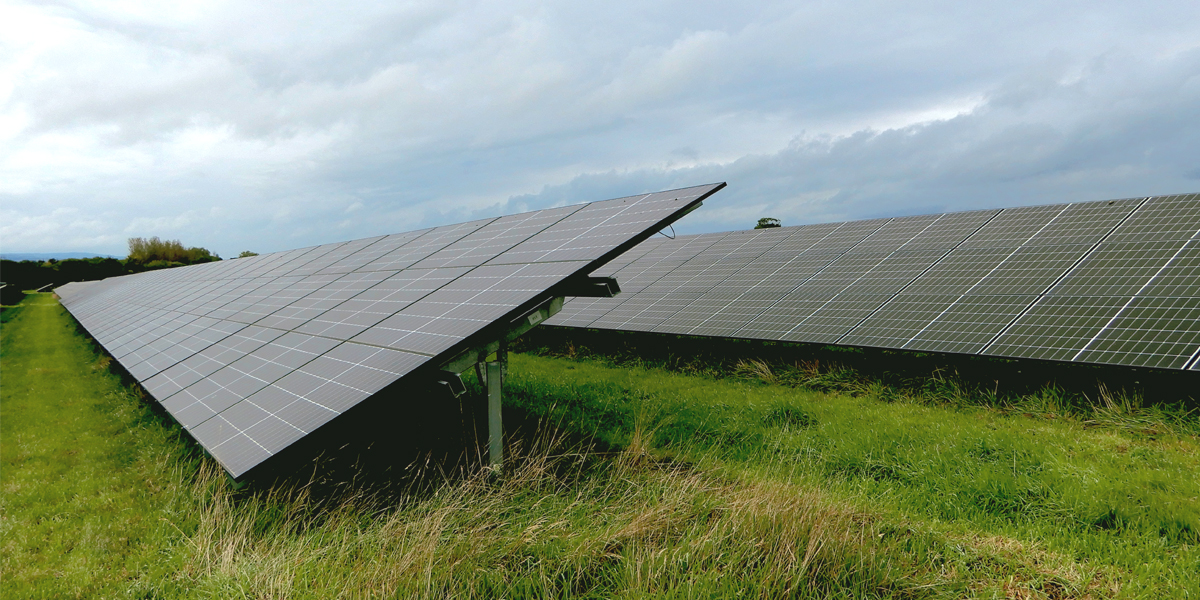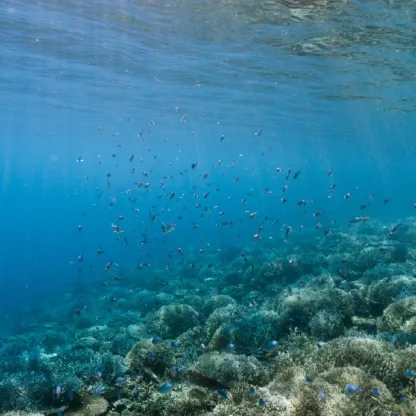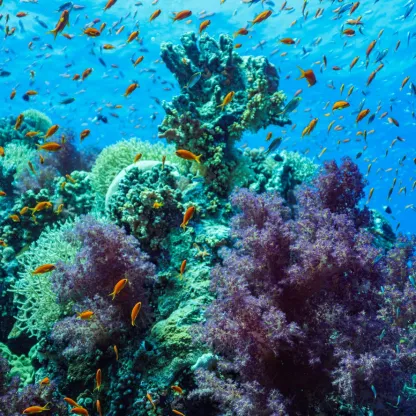Greenbank organised a visit to a solar farm in Somerset for staff and professional contacts. Investment analyst Will Findlay-Wilson gives a first-hand account of the trip, and explains the context, and some of the considerations, of solar power generation.

Greenbank visit to Parsonage Solar Farm
Article last updated 23 October 2024.

Will Findlay-Wilson, Investment Analyst
When it comes to the clean energy transition, I’m under no illusion that while Greenbank are committed to this technological shift, many do not feel as strongly or are as comfortable as I am. Some are no doubt philosophically opposed, but for others I imagine the technology feels unconventional, unnatural, or abstract. Sometimes you need to touch or see something in action to really bring it to life and imagine its potential at scale.
In September I had an opportunity to do just this when Greenbank headed to Somerset to visit the Parsonage Solar Farm which has a generating capacity of 7 megawatts (MW). This site is owned by The Renewable Infrastructure Group (TRIG for short), a renewable infrastructure investment held within many Greenbank portfolios. TRIG is an investment fund that invests in renewable infrastructure across Europe: from Hornsea One (1.2 gigawatts (GW)) off the coast of Hull in the North Sea and the Jädraås (213 MW) onshore wind site in Sweden, to the El Yarte and Guita (116.8 MW) solar farms in Cadiz, Spain and battery storage in Broxburn (20MW) Scotland¹.
As I looked at the 28,000 solar panels angled hopefully towards the cloudy skies (connected by central inverters and feeding the powerlines above through the all-important grid connection at the bottom of the site) I thought this was a golden opportunity to get some questions answered. I hope in relaying those answers, I can pass on some of that understanding.
The right amount of energy at the right time
For context, I will begin with a few pieces taken from Bill Gates’ 2021 book ‘How to Avoid a Climate Disaster’ on global power requirements:
— The world: 5,000 gigawatts
— The United States: 1,000 gigawatts
— Mid-size city: 1 gigawatt
— Small town: 1 megawatt
— Average American household: 1 kilowatt (KW)
Now this is capacity, while energy usage is measured in kilowatt hours (KWH), i.e., the demand for energy over a period. Borrowing from Gates again, imagine the capacity to deliver energy as a flow of water, and filling up a bath being the usage. These ‘back of the envelope’ workings are a useful simplification, but we must be aware of two key factors:
- Energy supply can be highly variable. The capacity requirements that Gates offers assume that energy sources are always operating at maximum capacity, but solar power capacity won’t be fully utilised on a cloudy day, or at night and wind may be great in a gale but not on a still day. Likewise, a traditional power plant can be reliable, but what if fuel is unavailable, costs are high, the plant is under maintenance, or must fire up unexpectedly from sitting idle? Therefore, the total capacity supplied tells part of a story, and depends on the mixture of energy sources available, weather conditions, fuel costs and other factors.
- Energy demand is highly variable too, because electricity is used irregularly day to day and season to season. People typically heat their homes, have baths and showers, and switch on dishwashers at the same time. Therefore, you must be able to store energy that is generated but is unused through the day. Alternatively, you could choose to have far more capacity than you might otherwise need to deliver the right amount of energy at key times, but you risk wasting that capacity when it’s not needed in the middle of the day.
There are of course many other considerations when looking at different projects such as cost per square foot, storage capability, maintenance, fuel costs, land use and sustainability.
What about Parsonage?
Parsonage Solar Farm is a 7 MW site (as a reminder, this is the measure of generating capacity) that has been operating since 2013. In 2023, it produced 6.6 gigawatt hours (GWH) of electricity (its actual energy output over the full year). This is the equivalent to powering 2,500 average UK homes for a year. Generation at Parsonage is highly seasonal, with the potential to create 4 times more output in June versus December, given weather conditions and hours of sunlight. For context, TRIG’s wider portfolio of assets has a combined generating capacity of 2.8GW and generated 5,986 GWH of electricity in 2023, equivalent to 1.8 million average UK homes.
The costs involved in building and operating a solar site such as legal fees, grid connections, and installation of electrical and generating infrastructure are largely incurred at the early stages of a project’s lifecycle. Ongoing costs linked to maintenance, monitoring, security, and insurance are then much lower in comparison. This creates an incentive for investors like TRIG to work towards extending the life of solar farms beyond the initial expectations of a 20–30-year lifespan.
As you might expect, technology is improving: the current panels at the Parsonage site are 400 watts, versus the initial 250 watts used in 2013. Not only are these panels able to deliver more power output, but they are more efficient at converting the same solar input - by roughly 10% according to the engineers on site. Panels at TRIG’s site in Cadiz also rotate in time with the sun’s daily arc. Technology is used to monitor performance down to the individual panel and can be viewed from a smartphone on a beach in another country. This data is monitored 24/7 from a site in Glasgow to make sure problems are resolved as soon as they arise, and energy output is optimised.

Biodiversity impacts
Upgrading technology to deliver more power output for the same use of space is undoubtedly a good thing given the much-publicised fears of solar farms destroying our landscape, but that’s not all. Academics at Lancaster University and York among others believe that solar farms have great potential to restore degraded habitats and reverse biodiversity loss. Many solar farms are implementing initiatives in line with guidance from academics and ecologists to help promote biodiversity. Patches of wildflowers have been planted at Parsonage, alongside native hedgerows and bird and bat boxes which are monitored to measure impact. Beehives and insect ‘hotels’ have been placed on sites too, while sheep graze some solar sites. Biodiversity enhancements have been rolled out at all 11 of TRIG’s UK sites.
Moving forwards
For many on the trip that day there was good reason to feel encouraged. There are thousands of people developing, constructing, and monitoring sites like Parsonage, delivering clean energy to homes in the UK and beyond. Collaboration between investors, the government, academia, and various industry players is under way to do things better than yesterday, producing more energy and managing sites that recognise broader social and environmental considerations than climate alone. I hope the next time you look out of a train or plane window and see a solar farm, a wind turbine, or an offshore site in the sea, this article has helped you understand what that site could be contributing today, and what investors like Greenbank are considering in our evolving energy landscape.
This information should not be taken as financial advice or a recommendation.
______________
¹ TRIG Reports and publications: trig-ltd.com/investors/reports-and-publications/
For more information see TRIG Sustainability Report 2024 and RES Group Power For Good Report 2023.





